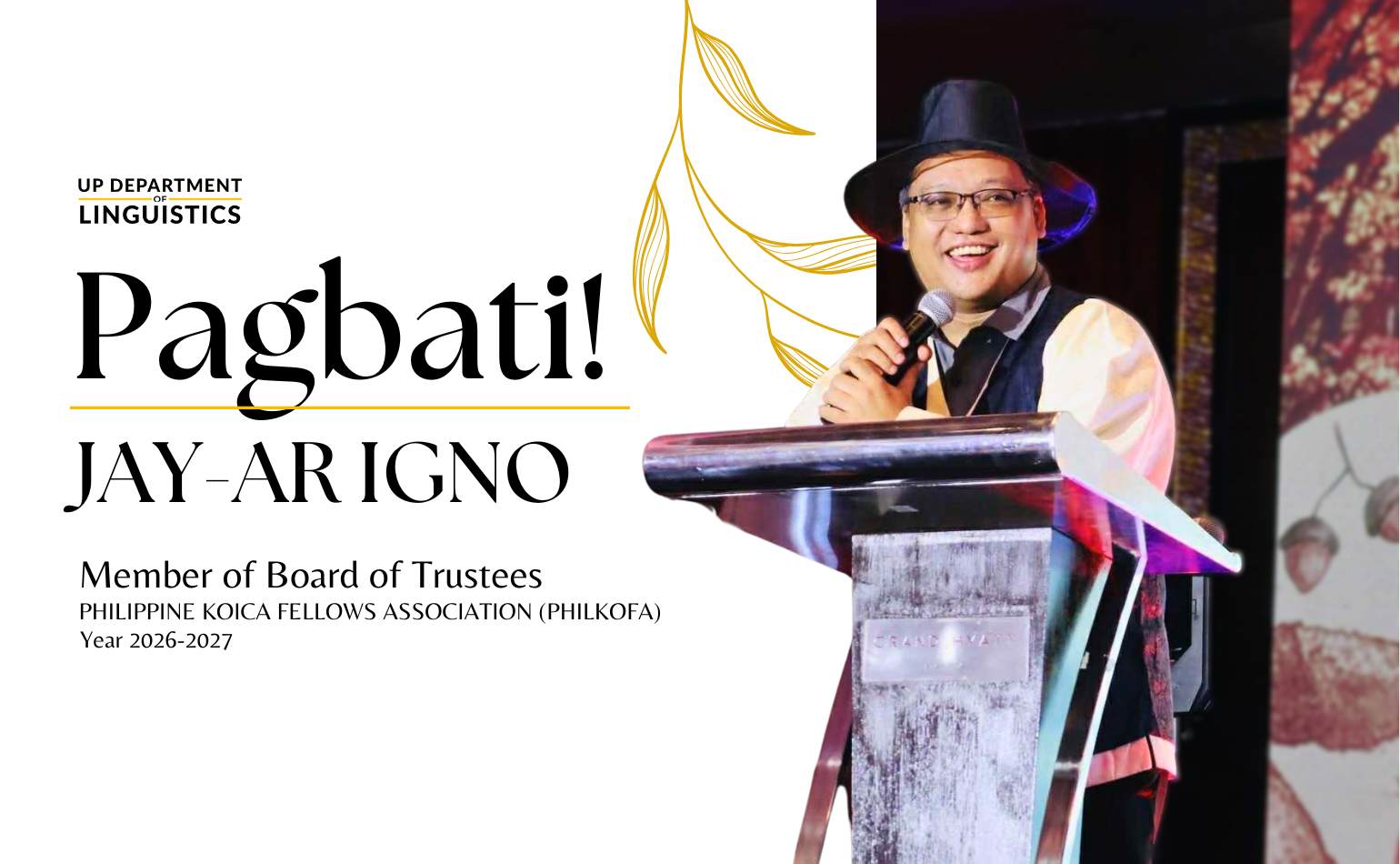
1. A brief self-introduction
I am Jñana Marie M. Resurreccion, a fourth-year BA Linguistics (Plan C- Korean) student from the University of the Philippines. Under this program, I have taken Korean language courses on grammar, literature, Hanja, and translation. At an early age, I was exposed to K-dramas dubbed in Filipino. Then in highschool, I took a liking to Korean music and films. These served as the gateway for my language learning journey and piqued my curiosity to Korean culture as a whole.
2. Information on the program
Offered at Yonsei University, the Yonsei International Summer School (YISS) is one of the first summer programs in Korea. Now in its 40th year, more than 2000 students from around the globe participated. YISS offers more than a hundred courses across various disciplines: the arts, culture, and humanities, management and economics, global issues, history, social sciences, and science and technology.
As the university is situated in the heart of Seoul, this summer program is an avenue for international students like myself to explore the city while expanding our academic and cultural horizons.
This opportunity was made possible through KF e-school, to whom I am truly grateful.


3. How did your daily routines go during the program?
Every day was unlike any other as I pushed myself to constantly try new things and explore the city. However, my mundane life in Seoul looked something like this:
My mornings were slower since I had classes in the midday. I’d get brunch at the Woojeongwon dorm’s convenience store or a bakery in Yeonhui-dong, then stroll around a bit before preparing for class.
I walk down to Daewoo Hall for our contemporary Korean arts class from 1 PM to 3:30 PM on Mondays to Thursdays. On some weekdays, we went to museums or exhibitions in groups or as a class.
Afterwards, I would often find myself with my groupmates doing schoolwork in a cafe close to those art institutions, then turn them in just before dinner. A milky bingsu every week cooled us down from the scorching summer heat. We also took walks around Sinchon a lot. In each trip, the claw machines, gachas, and coin noraebang spots got us hooked!
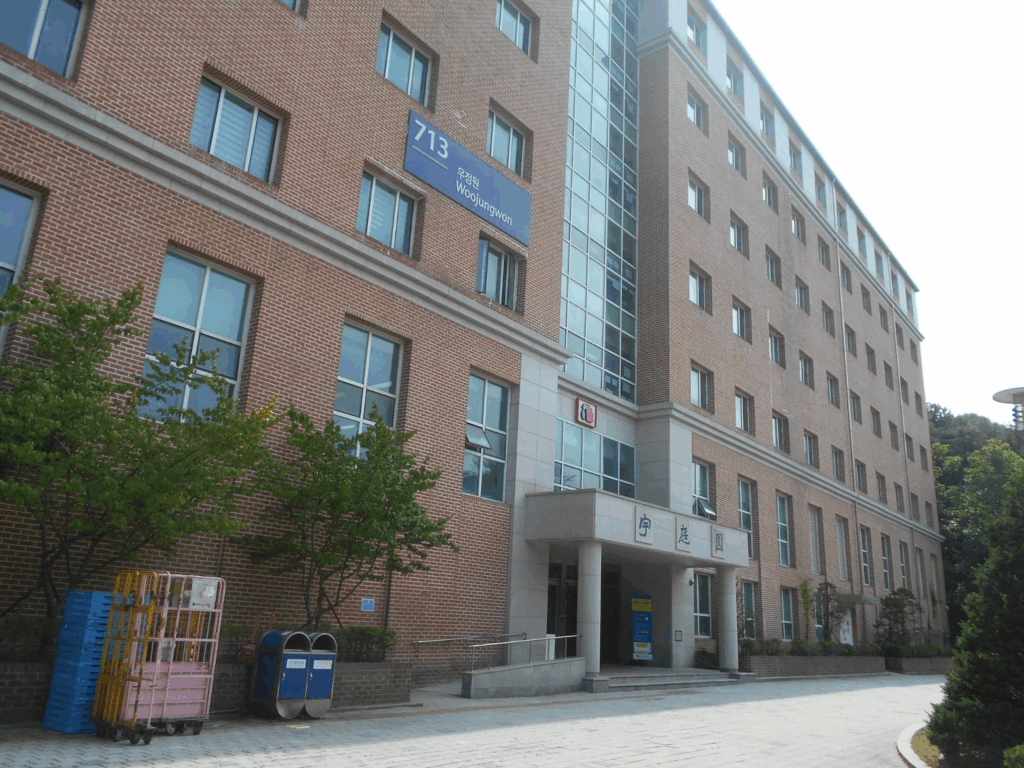

4. How was the class, what cultural activities you engaged in?
Because I took a contemporary art class, the syllabus revolved around looking at and “reading” works of known Korean contemporary artists in their sociopolitical contexts. Through lectures and workshops in class, we were equipped with historical knowledge and analytical skills that enabled us to understand and further appreciate the artworks we viewed in museum visits. In particular, we visited the National Museum of Korea, the Seoul Museum, and the Park Seobo Foundation. Our final project was an e-book wherein we wrote articles on architecture, visual art, performance, film, and literature that showcase Korean art.

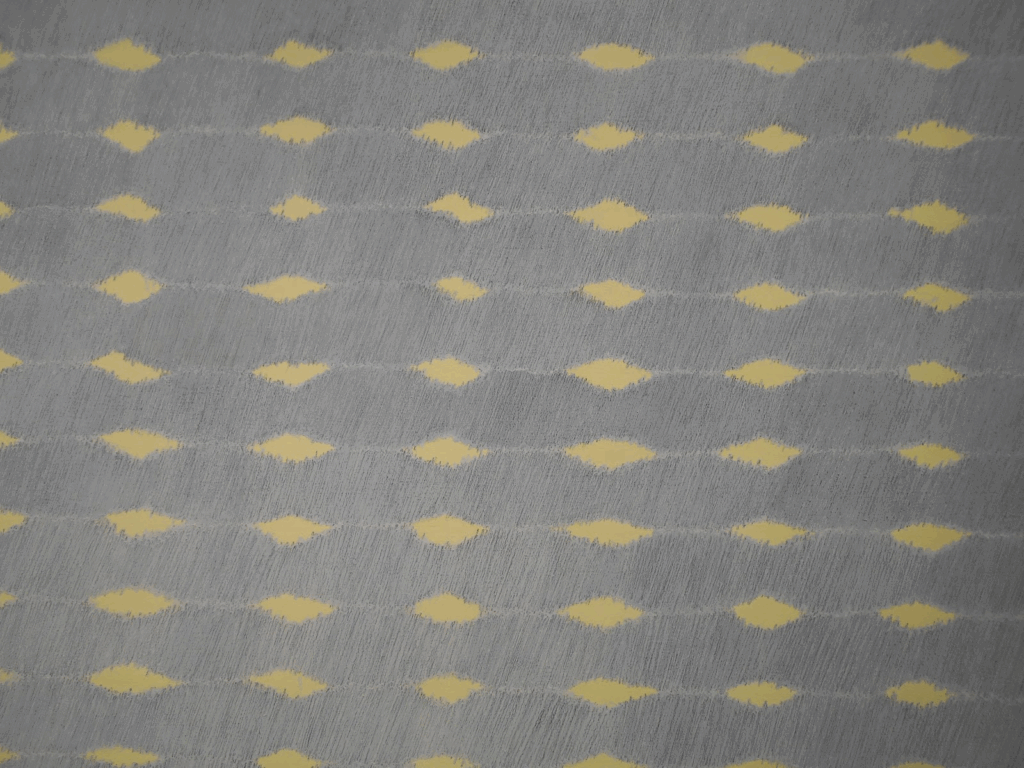

In my spare time, I visited several museums, including the Leeum Museum, the National Folk Art Museum, and the MMCA, among others. I also felt the need to be more tourist-y because it was my first time in Korea. Exploring the Gyeongbukgung Palace and the Bukchon Hanok Village really felt like travelling to the past, like in a historical drama, especially as I was wearing traditional Korean clothing (hanbok). On my last few days in Korea, I spent time admiring nature as I wandered along the Cheongyecheong Stream and had ramyeon while watching the light show at the Han River.
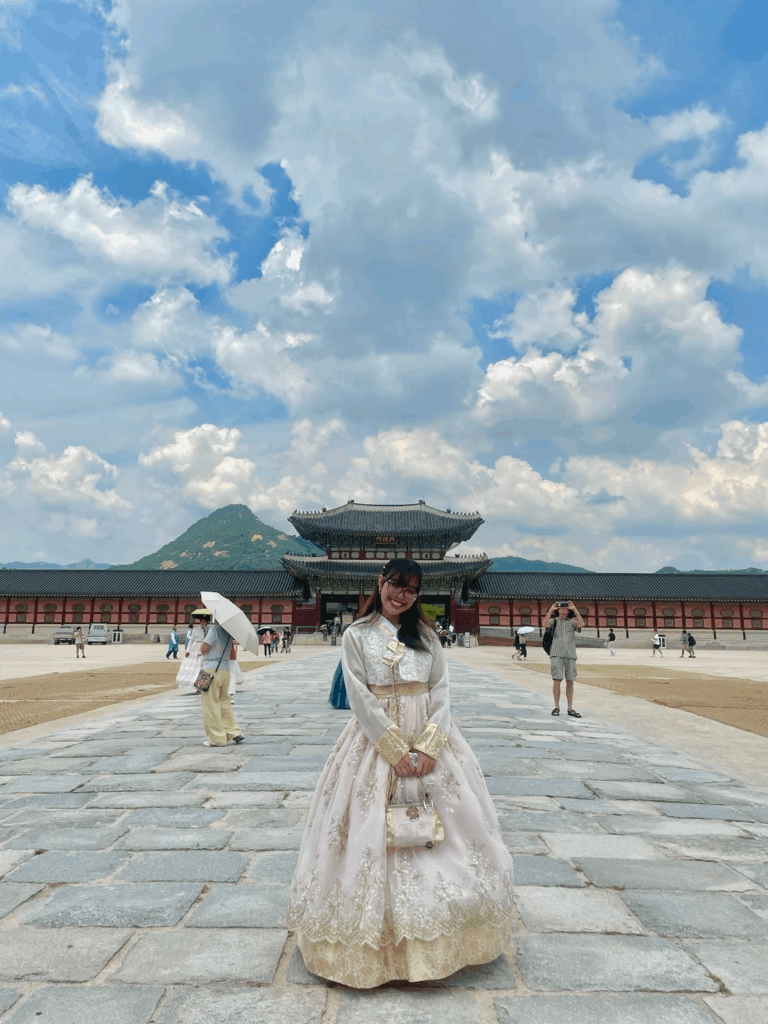



5. Your experience meeting Korean profs, international friends, etc.
I met people from diverse backgrounds—age, race, religion, values, etc. I met daughters of military people, but I grew close to a woman from Kashmir, a region in conflict. I got acquainted with the sweetest second-generation Korean-Americans, but also had meaningful conversations with classmates who were born and raised in Singapore, in the UK, and in Australia.
As an instructor, Ms. Erin Chon is very knowledgeable and experienced in her field. Her worldview was truly progressive and held no prejudice. She always kept discussions engaging and answered our curiosities with such depth.
An observation through the interactions I had throughout the stay is that the older generations are patient and present—despite the ppali ppali culture; despite me being a foreigner. They engage me in conversation, from which I learn more about their realities—albeit briefly. In general, I observed that Koreans respect the law, allowing roads to be decongested, trash to be segregated, and streets to always be litter-free.
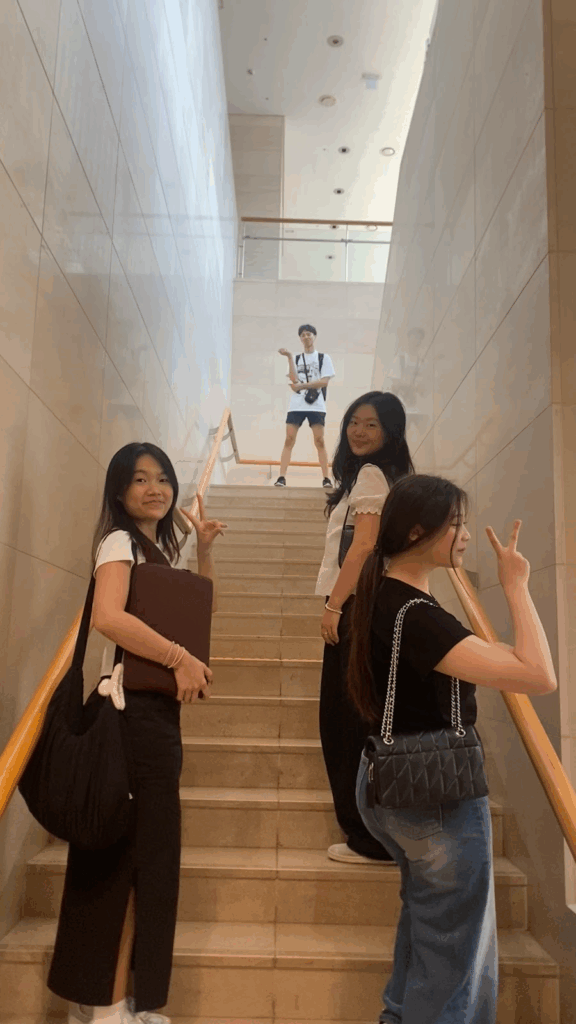
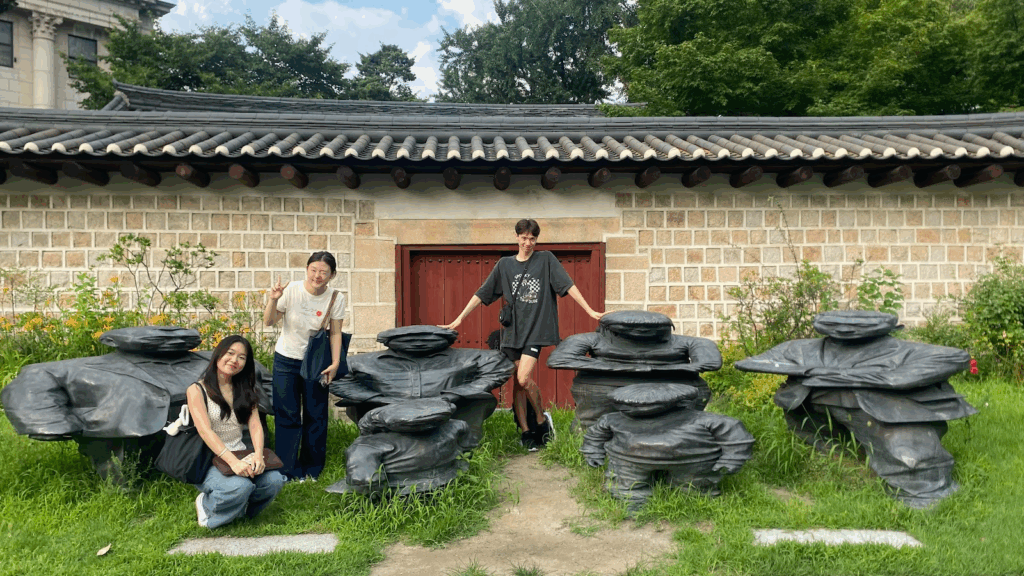
6. What was the most memorable thing about staying in Korea?
Prior to even flying to the Korean peninsula, I’ve encountered this concept: 소확행 (‘소소하지만 확실한 행복’; sohwakhaeng) meaning “small but certain happiness”. In the fast-paced society that was often intimidating to a barely 5-feet foreigner, I actively looked into the little joys in life and basked in them. Most of the time, it was the food. The summer heat was blazing, and I always sought out a sweet treat, whether it be bingsu, fruit tea, or flavored milk from a GS25. Til now, I still think about the kalguksu we had for our first real dinner in Korea. Its clear vegetable broth felt like a warm welcome to the new environment. Ultimately, I have fond memories of warm meals at the cafeteria, exchanging laughs with each bite.
Every week since I got back, I reach for Korean snacks like a pack of ramyeon or some ice cream. It was a short stay, but the taste of authentic Korean food will forever be ingrained in my mind.


7. Your future plans / motivations now after studying in Korea
Throughout my stay in Korea, I have been sharing snapshots and anecdotes on my social media accounts. Now that I am home in the Philippines, the next step is clear to me: to prepare for TOPIK and take the test. My batchmates and I are organizing notes and study materials while preparing for review sessions. Beyond personal motivations, I want to work on projects related to the Korean language, arts, and culture. Whether these may be writing academic papers or working on translations, I see myself taking on these endeavors in the near future.
Published by Jñana Marie M. Resurreccion

